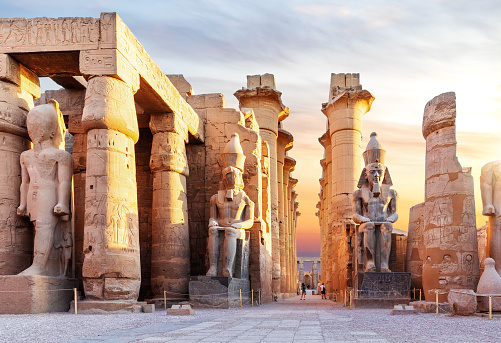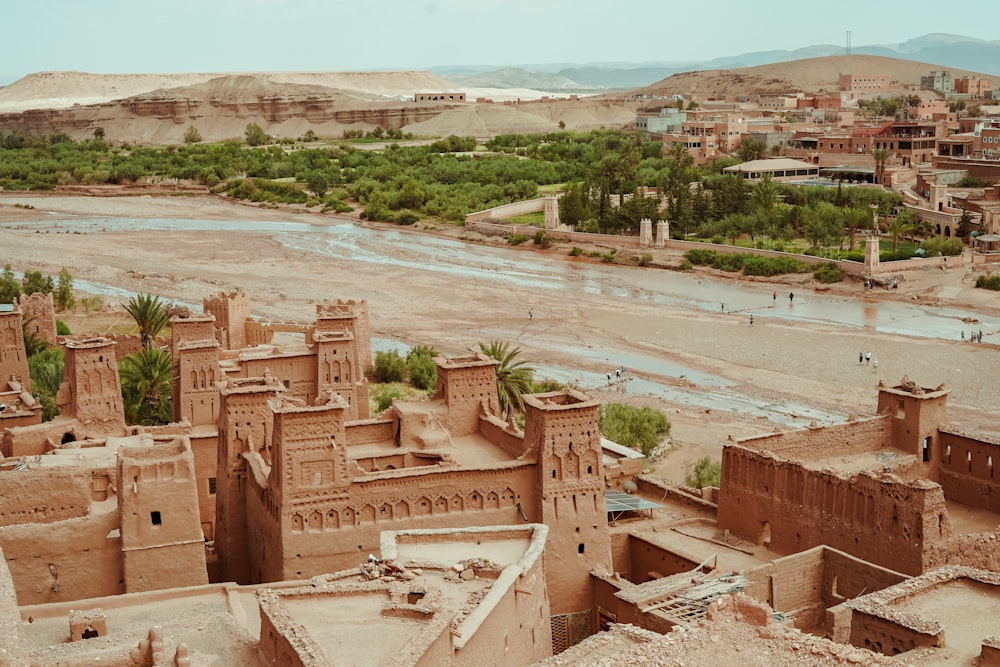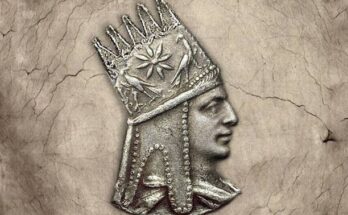Human civilization: Top facts you must know
Homo sapiens emerged in Africa between 200 and 150,000 years ago, but history of human civilization as a species goes much further back with prehistoric human forebears. In addition, the story of human civilization and evolution is convoluted, full of unresolved issues and tragic family drama. These are some top facts regarding the history of human civilization and evolution that you might not be aware of.
Early humans leaving Africa: human civilization
The majority of us have heard the tale of how Homo sapiens migrated from Africa into Europe and Asia beginning 80,000 years ago. You might be surprised to learn that Homo erectus had been travelling the same routes out of Africa intermittently for more than a million years. In fact, when Homo sapiens left Africa, they would have come across other people that resembled us a lot. These people would be the Homo erectus and Neanderthal descendants of our common ancestor. These individuals were all primitive humans. They had also been roaming Eurasia for tens of thousands of years.
Low genetic diversity
IMAGE CREDITS: Unsplash.com
Because we all seem to be descended from a single small group of early humans who lived in East Africa, humans are among the least genetically diverse ape species. Population geneticists use a metric known as “effective population size” to describe genetic diversity. Effective population size, put very simply, is the number of people required to reproduce the genetic variety of the whole human population. This number for humans is usually around 15,000, which is absolutely absurd when you think that there are 7 billion of us in the world. For example, there are 733,000 mice in certain species, which is the effective population size.
Our Neanderthal self: human civilization
Although this is very well known, it still has to be said. Neanderthal genes have entered some modern non-African populations, according to a recent genomic examination of Neanderthal bones. This shows that Cro-Magnons likely had children with the local Neanderthal populations when they colonized Europe, the Middle East, and Asia. We are one big happy family of people.
Human population 80,000 years ago
Around 80,000 years ago, an unexplained event decreased the actual number of humanity. Remember that the effective population size is a measure of genetic diversity and is not the same as the actual population size. In other words, 80,000 years ago, our genetic variety significantly decreased. There are several hypotheses as to why this would be the case, from an end-of-the-world catastrophe brought on by the Toba volcano eruption to something more commonplace like interbreeding among small communities.
Humans navigating oceans 50,000 years ago: human civilization
IMAGE CREDITS: Unsplash.com
About 50,000 years ago, Homo sapiens landed in Australia. From the coast of Africa, how in the world did they get there? They used little boats that were possibly tied together with reeds. (These were most likely vessels akin to those that transported humanity from Asia to the Americas more than 17,000 years ago.) It was like the Paleolithic version of taking a tin can on a moon-shot. The fact that it did so defies logic. We colonized an entire continent while making numerous trips across the Pacific in those little boats.
Recent culture of humans: human civilization
While we’re talking about all the amazing events that occurred 50,000 years ago, it’s important to note that many anthropologists today think that early humans did not likely create what we would now define as civilization until approximately that time. The “mitochondrial Eve” theory contends that we are all derived from a single East African woman who lived 200–150,000 years ago, which makes this astonishing. Assuming that Homo sapiens emerged around the time of mitochondrial Eve, it follows that our species persisted for a very long time before we produced amazing things like ornaments, art, symbolic communication, and sophisticated bone tools.
Pre-cultural humans undoubtedly possessed fire and rather advanced toolkits, but there is scant evidence that they possessed art and symbolic communication, the two pillars of what we now refer to as “culture.” It’s very impossible to establish one way or the other, but some anthropologists think that before that cultural explosion, we hadn’t even developed language.
Fire as a tool: human civilization
IMAGE CREDITS: Unsplash.com
After our ancestors domesticated fire and began manufacturing tools, Homo sapiens began to develop. Although it seems straightforward at first, the repercussions are significant. We as a species have never existed without tamed fire, one of the most crucial instruments for creating a civilization. We humans are tool and fire makers by nature. Since that our species has always been enhanced by the development of artificial fire and tools, some would even argue that this proves we are all cyborgs by nature. Whoa.
A continuous evolution
Excellent news to all! As long as Homo sapiens continues to develop, our descendants will eventually be as different from us as we are from Homo erectus. A small portion of the human genome has been identified by evolutionary biologists as being subject to fast selection. It implies that population-wide gene alterations are disseminating quickly. Several of these mutations have to do with the size and development of the brain, while others have to do with how well we can tolerate particular foods (like dairy) and how resistant we are to disease.
Given that our brains are actually shrinking, some biologists have begun to ask if humans are evolving to be more intelligent. Yet, it is still unclear whether the evolutionary changes we are witnessing have anything to do with intelligence. It’s nevertheless encouraging to know that the genes that regulate one of my favorite anatomical systems are continually changing.
Given that our brains are actually shrinking, some biologists have begun to ask if humans are evolving to be more intelligent. Yet, it is still unclear whether the evolutionary changes we are witnessing have anything to do with intelligence. It’s nevertheless encouraging to know that the genes that regulate one of my favorite anatomical systems are continually changing.
Some quick facts about homo sapiens: human civilization

IMAGE CREDITS: istockphoto.com
- Over a period of 6 million years, as our early human ancestors adapted to a changing environment, the traits that now distinguish our species from other species emerged.
- A new species of human evolved in East Africa about 200,000 years ago. It was a member of the Homo sapiens genus. Scientists have discovered that these hunter-gatherers were all of the humans who are alive today through studying the DNA of those who do.
- As the lone survivor of a large family tree of earlier human species, we currently inhabit a unique stage in the evolution of humanity. Homo sapiens, or modern humans, lived alongside other early human species on Earth and occasionally in the same region.








2 Comments on “Human civilization: Top facts you must know”